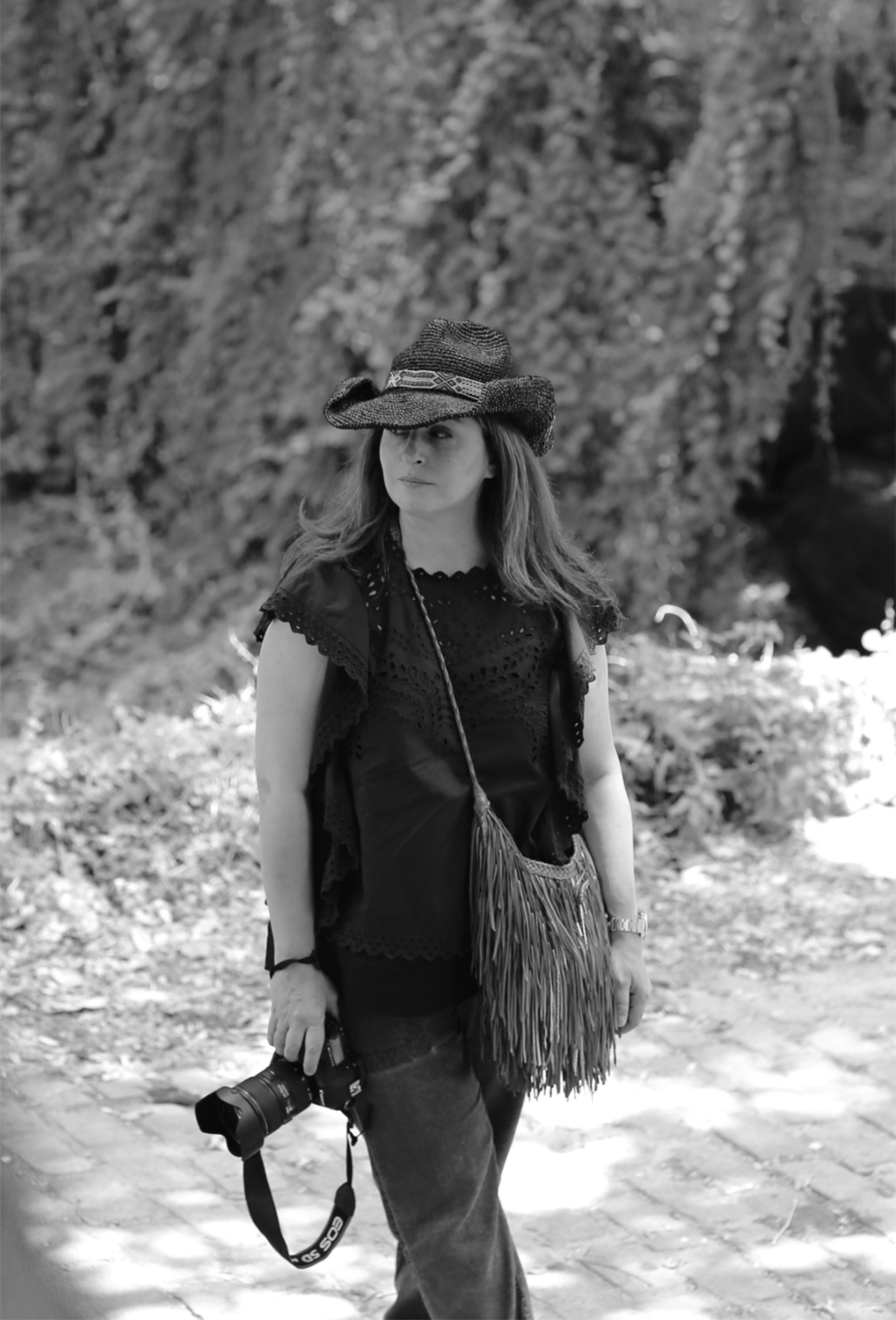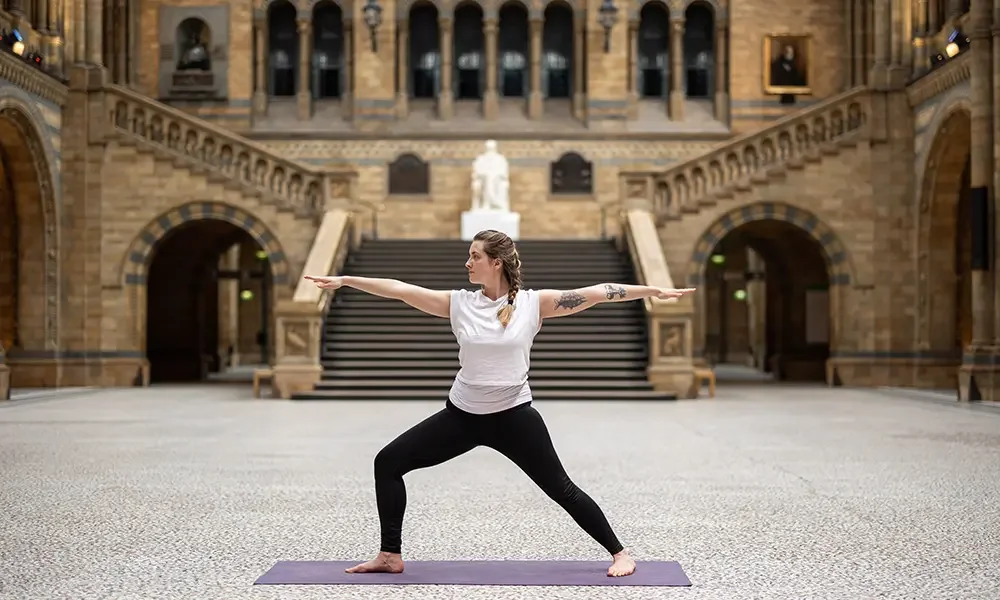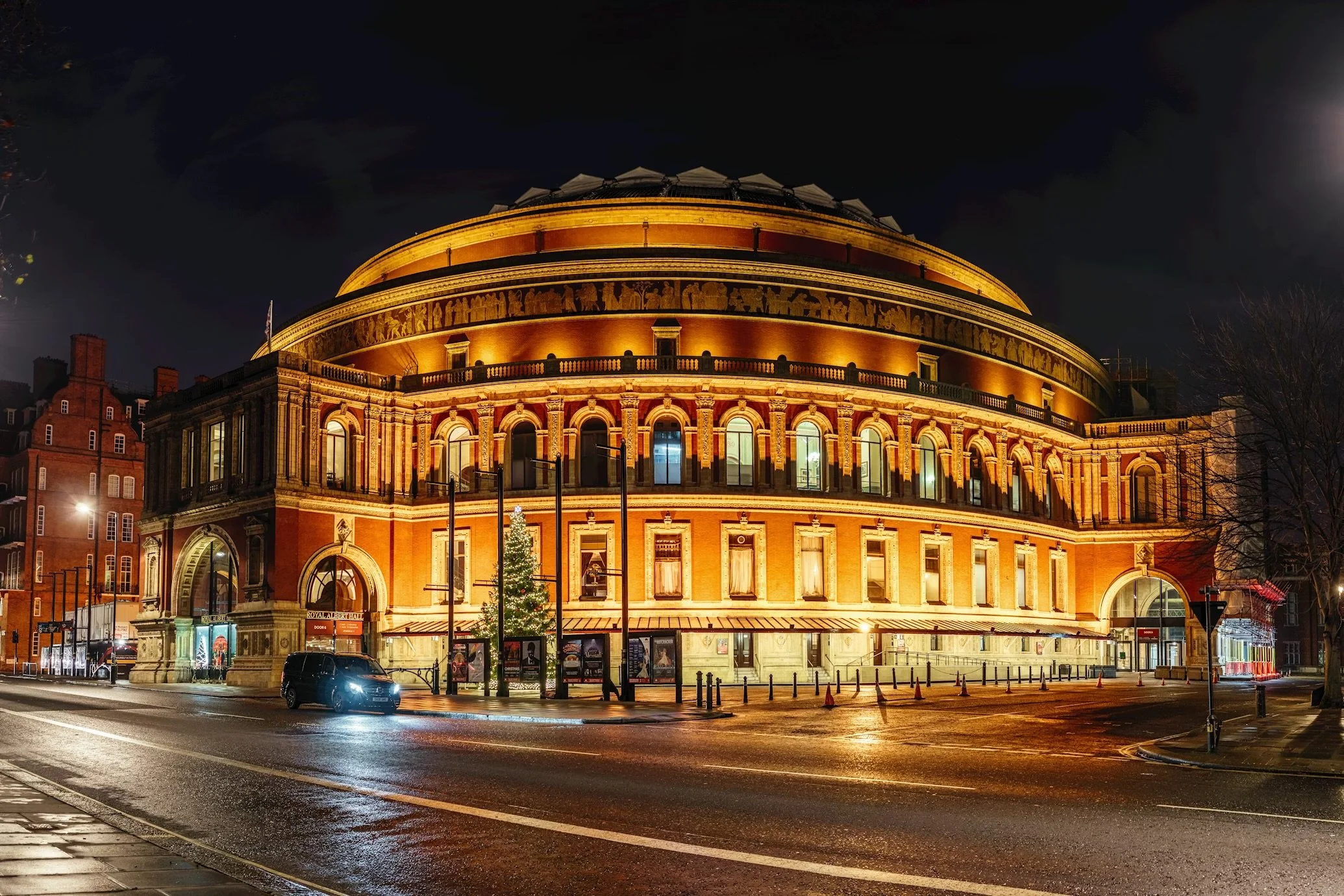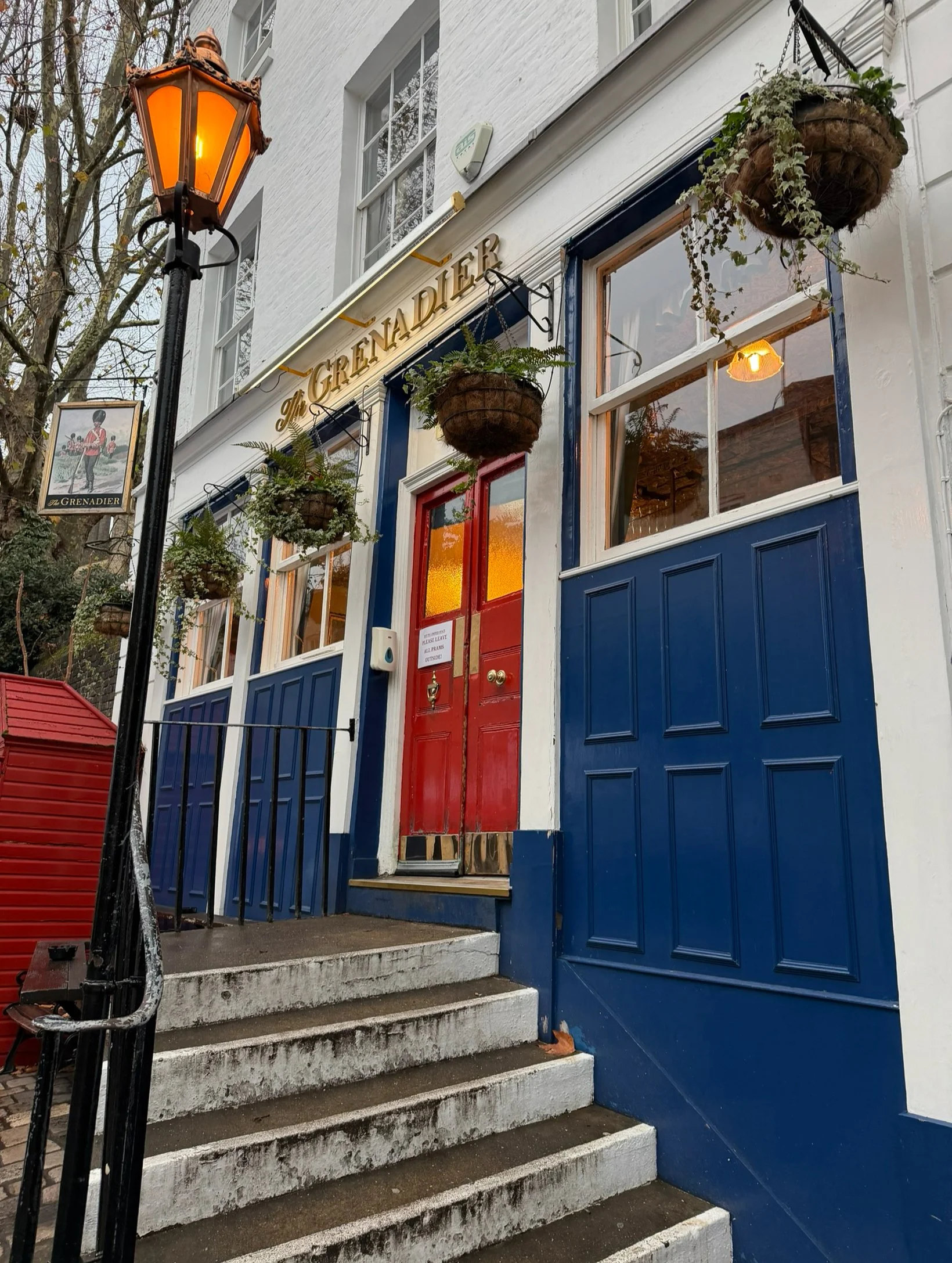In conversation with Maryam Eisler
“The recognisable characteristic in my photography is the constant exploration of one theme, the ‘Sublime Feminine’.”
-Maryam Eisler
Image: Maryam Eisler
Maryam Eisler is an Iranian-born, London-based photographer and author. Eisler's photographic work is centred around the Sublime Feminine, and she has had exhibitions with Tristan Hoare and Linley (London) as well as Harper's (East Hampton). Additionally, she has shown at Richard Taittinger Gallery (New York), Photo London, Eye of the Collector (London), Dallas Art Fair, Unseen Amsterdam, Space Gallery St Barth, Bermondsey Project Space (London), and Art Marbella.
Maryam is Chief Contributing Editor to LUX magazine, a Condé Nast title; she has additionally contributed photographically and editorially to Vanity Fair ('On Art'), Harpers Bazaar Art, Harpers Bazaar Interiors and Vogue Arabia.
Maryam’s book Voices: East London, for which she is both author and photographer was published in 2018. She has edited several other Thames and Hudson titles to include Sanctuary: Britain's Artists and their Studios, Art Studio America: Contemporary Artist Spaces and London Burning: Portraits from a Creative City among many more.
Maryam's latest venture is in film – as creative producer to Oscar-winning director Tim Yip's latest venture, 'Love Infinity', launched on MUBI in March 2022.
Maryam sits on the advisory board of Photo London; she is also a nominator for the Prix Pictet photography prize.
How did you begin your journey into photography?
My love of photography came about growing up in Paris. The spark: a Man Ray exhibition at the Pompidou in the early 80s! Throughout the years, I took several workshops from Brooks Institute in California to Central Saint Martins and the School of Black and White Photography in London…but my public ‘ break’ happened when I returned in 2016 from a Santa Fe Workshops ‘ figurative’ session in Georgia O’Keeffe land, in New Mexico; an art advisor friend saw the work on the floor of my living room and asked who I had bought – to which my answer was “ This is my work not someone else’s !” much to her amazement. The rest is history!
How would someone recognise your photography? Would you say there is some sort of recognisable characteristic?
The recognisable characteristic in my photography is the constant exploration of one theme, the ‘Sublime Feminine’. ‘Woman’ with a capital W, in all her might. Woman as sensual and sexual. Woman as intellect. Woman as creation and creator. Woman as Mother and Mother Nature. Woman as inspiration.
What was the inspiration behind your current exhibition If Only These Walls Could Talk?
The inspiration behind my current series ‘If Only These Walls Could Talk’ lies in one single photograph: the image that Helmut Newton took of Charlotte Rampling in Suite 10 of the iconic Nord-Pinus Hotel in Arles, the shot which stamped the actress as ‘the most beautiful woman of her time’ after it being published in a 1974 issue of Vogue. It is also in this very same suite, that Dominguín, the great bullfighter, would change into his gear, meet the crowds in the Place du Forum, from the balcony of Suite 10 and go meet his fate in Arles’s Roman arena. These female/ male tensions that permeate the city added to my interest in wanting to depict them visually. To have been given the opportunity to photograph in the footsteps of the greats in that very same suite was a dream come true, and it came with a great deal of responsibility, of course.
Image: Il Etait Une Fois, Le Nord-Pinus, © Maryam Eisler
Why did you choose to shoot at Hôtel Nord-Pinus in Arles?
In addition to the above story, the hotel has huge art historical connectivity which renders the space even more interesting and potent from a story telling perspective. The great Van Gogh painted his ‘Café de la Nuit’ right next door, Jean Cocteau and Picasso spent time in the bar, not to mention the likes of Chaplin, Hemingway, Callas and the list goes on. From a photographic perspective, in addition to Newton of course, we have the likes of Lindbergh who used the hotel as his studio, Peter Beard who hand painted the reception’s ceiling moulding with scriptures of his own and so on and so forth. These walls have seen many stories. They are potent. If only they could talk!
Do any past or current artists inspire you?
Many artists inspire me on a daily basis. I have learned a great deal from the process of making books on artists and their studios, visiting, interviewing and photographing probably over 500 artists and their studios when I was working on the books. A couple of photographers whose works I have great admiration are alas no longer with us: the great American photographer Edward Weston whose home in Carmel I have had the privilege to photograph in and Lucien Clergue, the father of the Rencontres d’ Arles Photo festival whose shadow and light figurative work I admire greatly. His daughter, Anne, I consider a good friend and she also happens to have the best photo gallery in the city of Arles, the Anne Clergue gallery.
Which current trends in the art world are you following?
I follow all art world trends as I have general interest in the arts. But I must admit that my visual interest today very much lies in photography from the 70s, hence my being inspired by Newton as well as in the American abstract expressionist painters. I recently spent time in the Hamptons in Long Island, revisiting the studio of Jackson Pollock and Lee Krasner as well as the home of de Kooning, and nothing comes close!
A current favourite artist who spans both the world of painting and photography is the American artist Mickalene Thomas for her bold and powerful depictions of ‘La Femme Noire’. She has a beautiful dialogue going on currently with Monet in Paris at the Jeu de Paume museum, a show which must be seen.
What is the best advice you have ever received?
The best photographic advice I received was from my father, a big fan of photography himself: ‘Shoot with your gut. Shoot with your heart. Throw the technical to the winds’. That is what I try to do every time I click the camera. I work on and with ‘feeling’ and intuition – not precision photography. I also hold back on equipment, artificial lighting and over- assistance. I like to keep it dynamic, free and mobile with permanent dialogue with my sitters.
Can you explain to those less familiar with the current situation in Iran what is going on?
Today, in Iran there is a revolution going on. It is not a reform but well and truly a revolution. 60 percent of the country is under the age of 30. It is a country of educated youth, all of whom wish for and deserve to have freedom in thought and action. The interesting aspect of this revolution, never seen before in our times, is that it was kickstarted by women after the death of 22-year-old Kurdish woman, Mahsa Amini, who was beaten to death for having shown a couple of strands of hair underneath her hijab. The men and children across the country have now joined forces with the women, against the brutality of the regime, against tyranny and bigotry, in the name of Freedom. Over 15,000 students and youths are today placed behind bars for protesting in a pacific manner. They face a very real threat of execution. Their voices need to be heard. The world needs to help their voices be heard. Their freedom will mean freedom for Iran, but also for the Middle East and beyond.
How do you think the international community can best show solidarity?
The best way the international community can show solidarity is by amplifying the voices of Iranian protesters by joining forces through social media networks. International human rights agencies also need to up their pressure and voice. And governments across the globe need to cut diplomatic ties with the representatives of the regime, with ambassadors and staff sent back home. No more business, no more nuclear deal. It’s enough. But will ethics win over the Almighty Dollar? That is a bigger reality which will need to unfold. We all know what NEEDS to be done.
Can you tell us about any upcoming projects?
My current passionate obsession is ‘Il Gattopardo’, the 1963 epic drama directed by Luchino Visconti starring Burt Lancaster, Alain Delon and Claudia Cardinale. The film was shot in Palermo in Sicily and one scene in particular has my imagination whirling and twirling: the magnificent glittering ball at the end of the film shot in the Palazzo Valguarnera- Gangi where Burt Lancaster, as Prince, waltzes with Claudia Cardinale, under the watchful eye of her fiancé, played by Alain Delon. I want to shoot in that very same ballroom. It’s a need, a must, an obsession!
Maryam Eisler's solo exhibition 'If Only These Walls Could Talk' is currently on show at Alon Zakaim Fine Art, until 24 November 2022.
Website: maryameisler.com
Instagram: @maryameisler

















